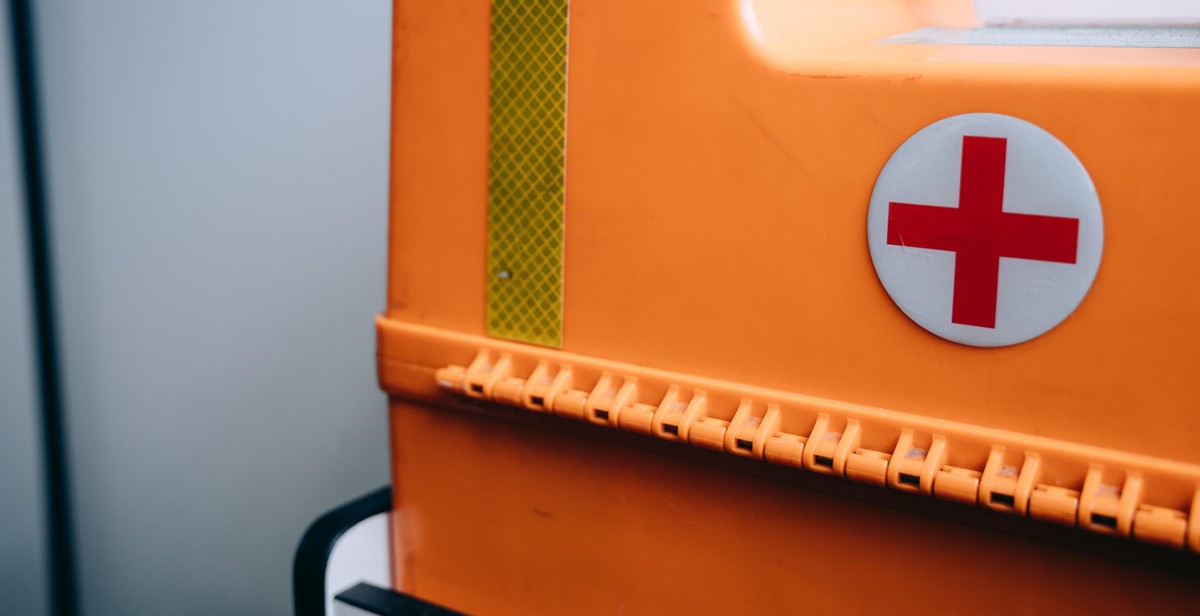How to Prepare for Volcanic Lahars: Strategies for Living in Areas Prone to Mudflow Hazards
If you live in an area prone to volcanic activity, you may have heard of volcanic lahars. These are mudflows that occur when volcanic ash and debris mix with water, either from heavy rain or melting snow and ice. Lahars can be extremely dangerous and destructive, causing damage to buildings, infrastructure, and even loss of life.
What are Volcanic Lahars?
Volcanic lahars are a type of mudflow that occurs when volcanic activity mixes with water. This can happen in several ways, including heavy rainfall or melting snow and ice. The water mixes with volcanic ash and debris, creating a fast-moving slurry that can flow down mountainsides and valleys at high speeds. Lahars can be triggered by volcanic eruptions, but they can also occur years after an eruption.
Volcanic lahars can be extremely dangerous, as they can travel long distances and cause widespread damage. They can destroy buildings, bridges, and roads, and can also cause significant loss of life. It is important for those living in areas prone to volcanic activity to be aware of the risks and to take steps to prepare for lahars.
Table of Contents
- What are Volcanic Lahars?
- The Dangers of Volcanic Lahars
- Preparing for Volcanic Lahars
- Evacuation Planning
- Emergency Supplies
- Staying Informed

Understanding the Risks
Living in areas prone to mudflow hazards can be dangerous, as these events can cause significant damage to property, infrastructure, and human lives. Therefore, it is crucial to understand the risks associated with volcanic lahars and take appropriate measures to prepare for them.
Assessing Mudflow Hazards
The first step in preparing for volcanic lahars is to assess the mudflow hazards in your area. This involves identifying the potential sources of lahars, such as active or dormant volcanoes, and understanding the factors that can trigger mudflows, such as heavy rainfall or rapid snowmelt.
To assess the mudflow hazards in your area, you can consult with local authorities, geologists, or volcanologists who have expertise in volcanic hazards. They can provide you with information on the history of mudflows in your area, the likelihood of future events, and the potential impact on your community.
Identifying High-Risk Areas
Once you have assessed the mudflow hazards in your area, the next step is to identify the high-risk areas where mudflows are most likely to occur. These areas typically include valleys, canyons, riverbeds, and other low-lying areas that are prone to flooding.
You can identify high-risk areas by looking at topographic maps, aerial photographs, or satellite images of your community. These maps can show you the elevation of different areas and the potential paths of mudflows. You can also look for signs of past mudflows, such as debris deposits or erosion patterns, which can indicate areas that are susceptible to future events.
It is important to note that high-risk areas can change over time, depending on the activity of nearby volcanoes and the changes in the landscape. Therefore, it is essential to keep up-to-date with the latest information on volcanic hazards and mudflow risks in your area.
Conclusion
Understanding the risks associated with volcanic lahars and identifying high-risk areas is crucial for preparing for mudflow hazards. By assessing the mudflow hazards in your area and identifying the high-risk areas, you can take appropriate measures to protect yourself, your family, and your property from the potential impact of mudflows.

Preparing for Volcanic Lahars
Living in areas prone to volcanic lahars can be dangerous, but there are ways to prepare and minimize the risks. Developing an emergency plan, creating a disaster supply kit, strengthening your home, and evacuation planning are all important strategies to consider.
Developing an Emergency Plan
One of the most crucial steps in preparing for volcanic lahars is developing an emergency plan. This plan should include steps for evacuation, communication, and meeting points with family members. It’s important to identify safe routes to higher ground and establish a communication plan with family members and emergency services.
Creating a Disaster Supply Kit
Creating a disaster supply kit is another essential step in preparing for volcanic lahars. This kit should include food, water, first aid supplies, and other emergency items. It’s important to keep this kit in an easily accessible location and to regularly check and replenish the supplies.
Some important items to include in your disaster supply kit are:
- Non-perishable food items
- Bottled water
- First aid kit
- Flashlights and batteries
- Emergency blankets
- Personal hygiene items
- Important documents (identification, insurance, etc.)
Strengthening Your Home
Strengthening your home can also help minimize the risks associated with volcanic lahars. If you live in an area prone to lahars, consider reinforcing your home’s foundation, roof, and walls. This can help prevent damage from mudflows and other hazards.
You should also consider installing shutters or other protective coverings for windows and doors. This can help prevent debris from entering your home during a lahar.
Evacuation Planning
Finally, having a plan for evacuation is crucial when living in an area prone to volcanic lahars. Identify safe routes to higher ground and establish a meeting point with family members. It’s important to stay informed of the latest updates from emergency services and to follow their instructions during an evacuation.
Make sure to practice your evacuation plan with your family members, so everyone knows what to do in case of an emergency.
| Important Tips: |
|---|
| Stay informed of the latest updates from emergency services and follow their instructions. |
| Regularly check and replenish your disaster supply kit. |
| Practice your evacuation plan with your family members. |
By developing an emergency plan, creating a disaster supply kit, strengthening your home, and planning for evacuation, you can help minimize the risks associated with volcanic lahars and keep yourself and your family safe.

Staying Safe During a Volcanic Lahar
Volcanic lahars can be extremely dangerous and unpredictable. They can cause significant damage to property and infrastructure, as well as pose a serious threat to human life. If you live in an area prone to mudflow hazards, it is important to know how to stay safe during a volcanic lahar.
Evacuation Procedures
If you are living in an area that is at risk of a volcanic lahar, it is important to know the evacuation procedures. Familiarize yourself with the evacuation routes and make sure you have a plan in place to evacuate quickly and safely. It is also important to stay informed about the latest updates and warnings from local authorities.
Avoiding Mudflow Hazards
During a volcanic lahar, it is important to avoid mudflow hazards as much as possible. Stay away from riverbeds, valleys, and other low-lying areas that are prone to flooding. If you are driving, avoid crossing bridges or driving through flooded areas. If you are walking, be sure to wear sturdy shoes with good traction and avoid walking through mud or debris.
Post-Lahar Safety
After a volcanic lahar has passed, it is important to be aware of the potential dangers that may still exist. Debris flows can continue for several days or even weeks after the initial eruption, so it is important to stay away from affected areas until local authorities have deemed them safe. Be aware of potential hazards such as unstable slopes, fallen trees, and damaged infrastructure.
| 1. | Know evacuation procedures and routes |
| 2. | Avoid low-lying areas prone to flooding |
| 3. | Stay informed about the latest updates and warnings |
| 4. | Wear sturdy shoes with good traction when walking |
| 5. | Stay away from affected areas until deemed safe by local authorities |
